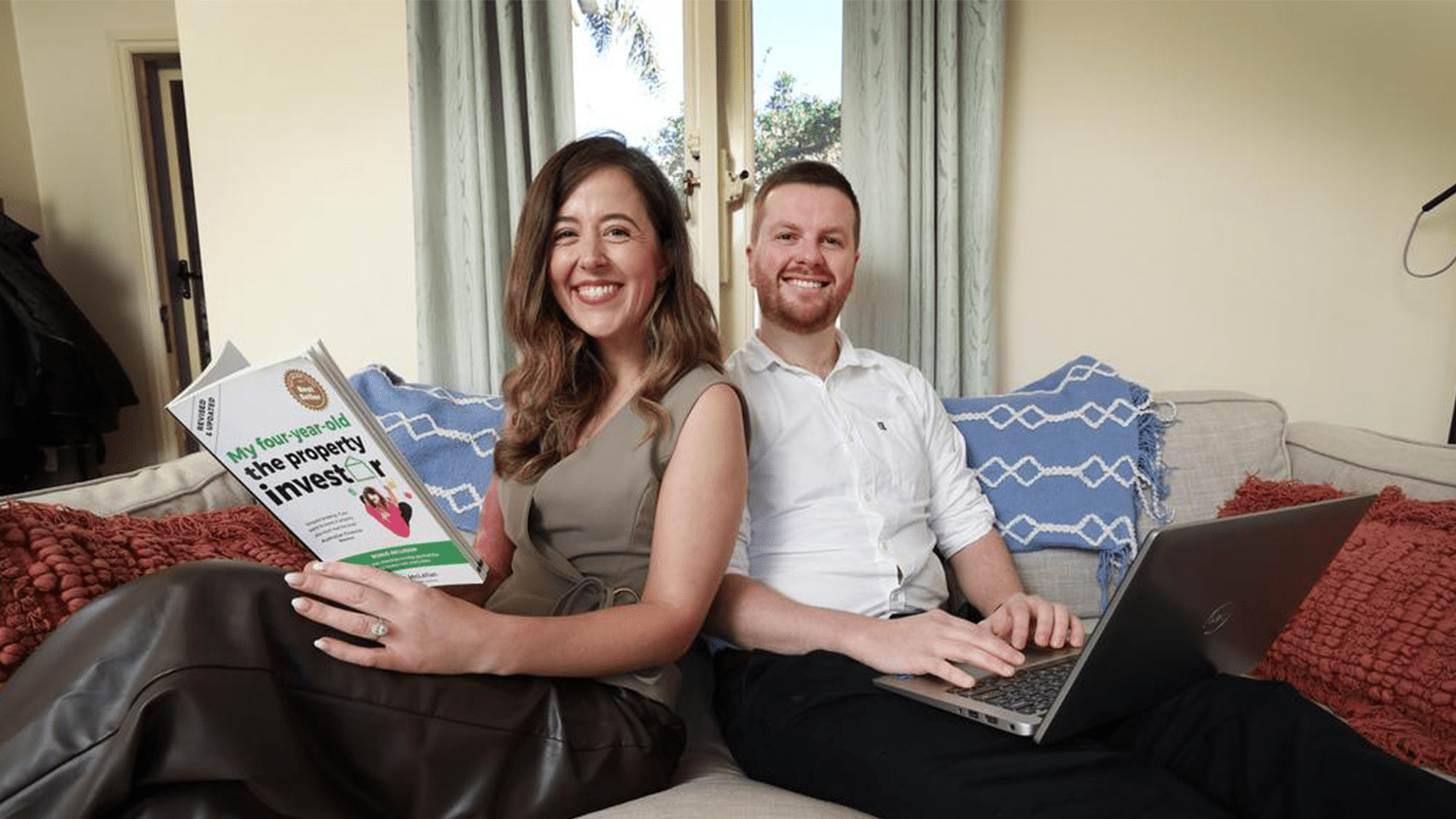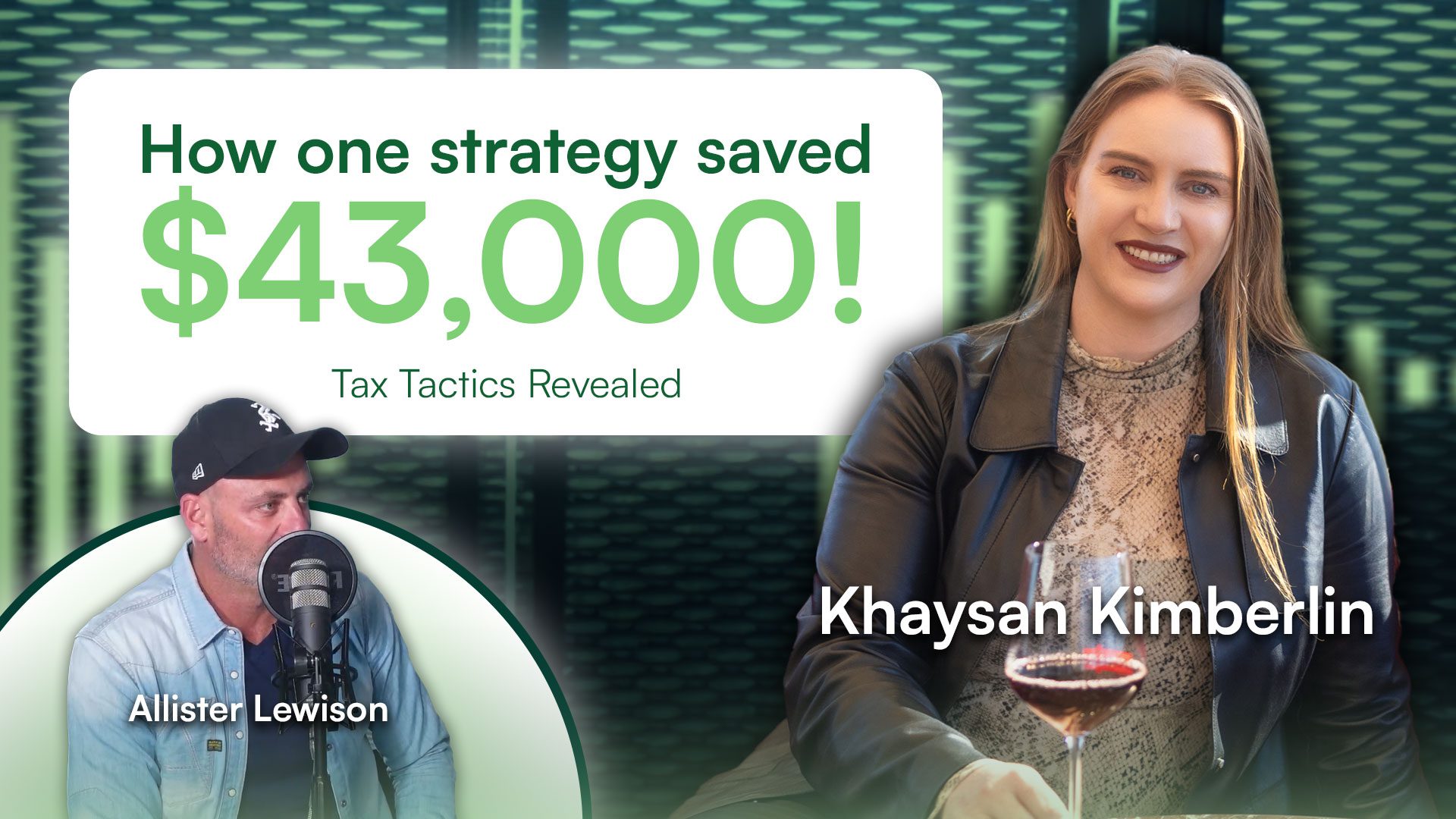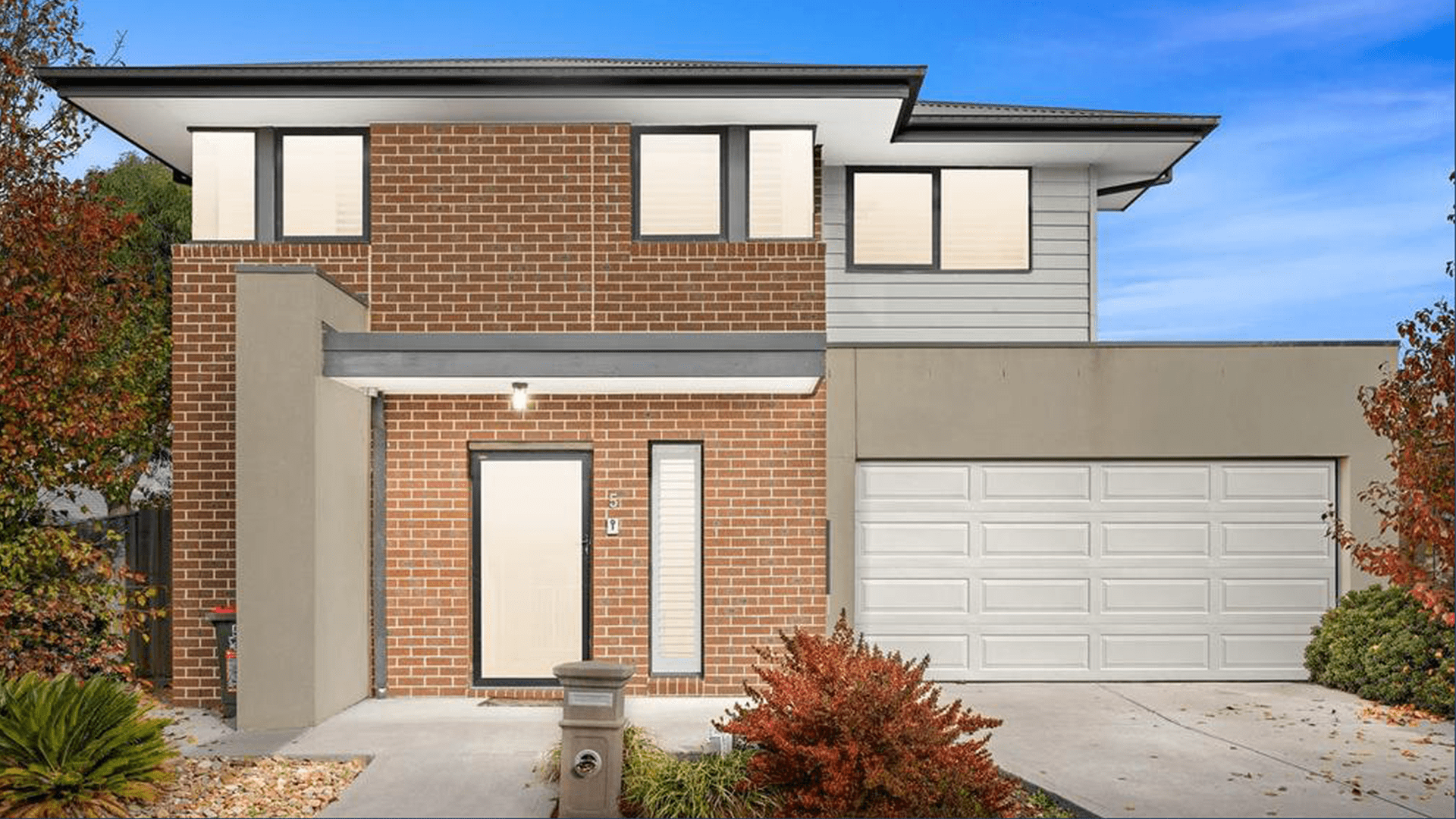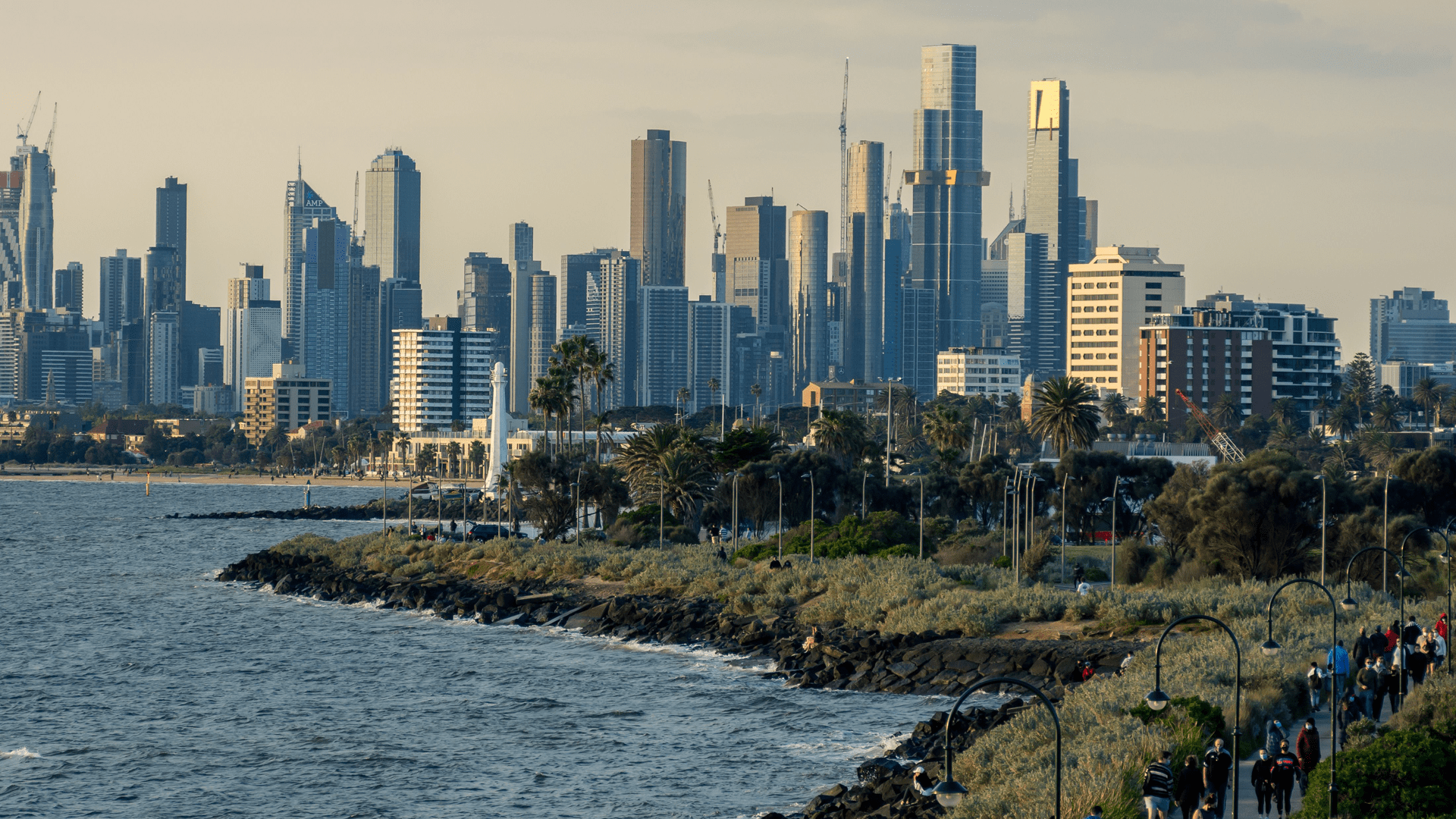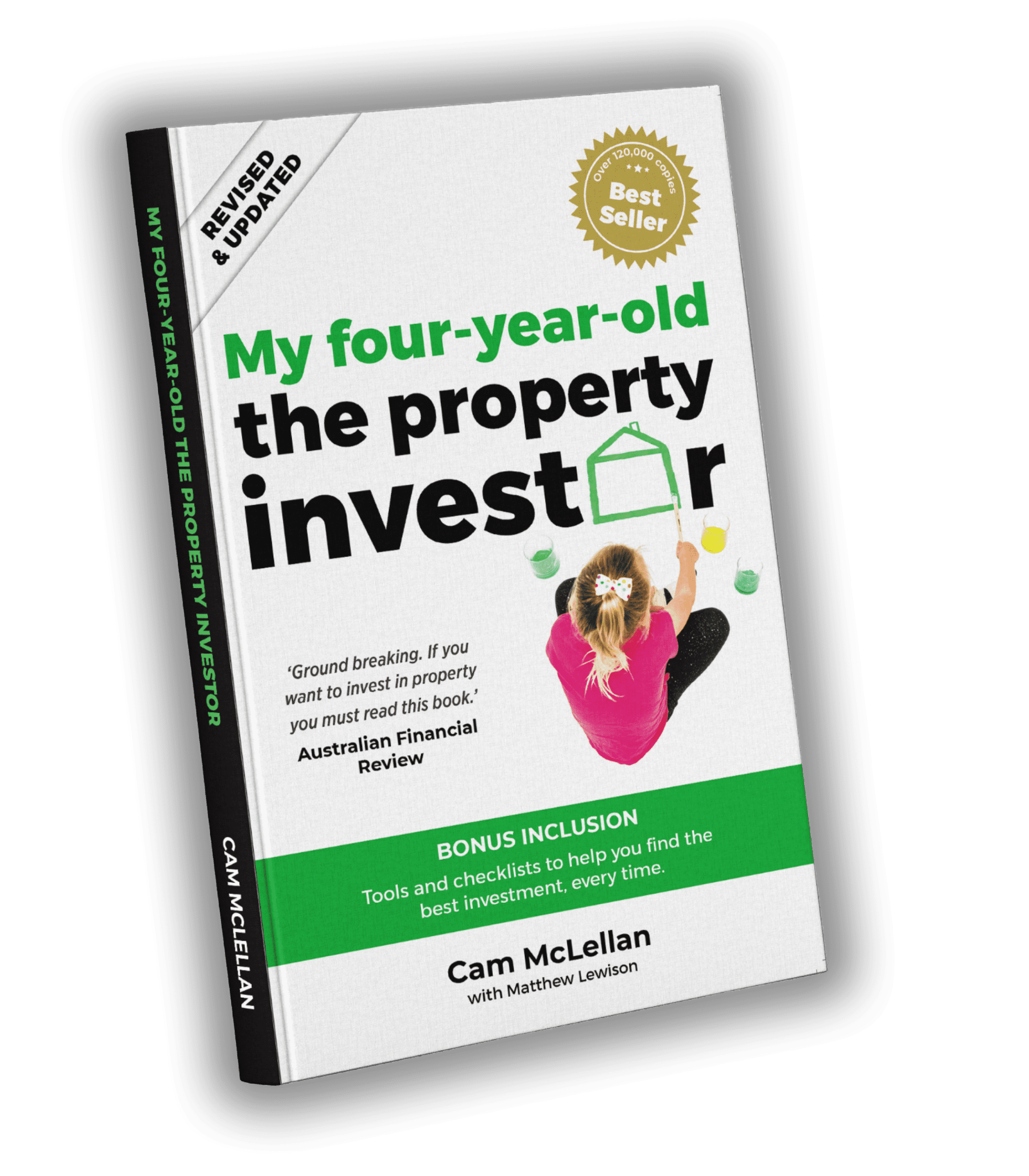Property investment is less about the actual property and more about the system to create wealth, writes OpenCorp Director – Investment Services, Michael Beresford
Without question, 2020 will go down in the history books as the year that a pandemic froze the world’s population, and their economies, in their tracks.
But with the benefit of hindsight, what we’ve taken away from 2020 is that part of the pandemic’s legacy is a lesson on the resilience of real estate – even during a global health emergency that locked us away for months at a time and caused our economies to grind to a halt almost overnight.
WHAT CAN HISTORY TEACH US?
Part of the historic resilience of property prices has always been the vested interests of governments and banks for a stable housing market.
The government investing heavily through JobKeeper and JobSeeker – to effectively put the economy on idle – meant that what we saw, as soon as the restrictions were lifted in June, all of that pent-up demand from April or May, came into the market at a rapid rate.
Indeed, this year continues to look positive for property investors because after every downturn in history there has been an upswing, driven by increased confidence, plenty of government spending, and super low interest rates.
This time around, population growth is likely to play a role in the economic recovery as well, which may seem an odd concept given the strict border measures that are still in place for international visitors and migrants.
After World War II, the prime minister had a saying, which was, “populate or perish”.
After any downturn, that’s the way they really drive economic growth, so, make no mistake, as that confidence comes back, they’ll really double down on overseas migration.
There’s going to be a real appetite for people to come to Australia, given how we’ve handled the pandemic so far, as well as the lifestyle and the opportunities, which means overseas migration will be very strong over the medium to long-term.
RECORD LOW RATES
As has happened in the past, interest rates have been rapidly lowered – albeit this time to a new record low with the Reserve Bank slashing the cash rate to a history-making 0.1 per cent to help underpin the nation’s economic recovery and drive jobs growth.
 CoreLogic Head of Research, Tim Lawless (pictured), says the rate cut will likely further fuel housing market activity with upwards pressure on dwelling prices.
CoreLogic Head of Research, Tim Lawless (pictured), says the rate cut will likely further fuel housing market activity with upwards pressure on dwelling prices.
Tim, who was recently a guest expert on one of our educational webinars, says that with the trend in housing values already rising around most areas of the country, there is a good chance lower rates could see momentum building across the nation’s most valuable asset class.
“The RBA’s primary focus from lower interest rates is to ensure businesses are confident enough and willing to invest, as well as encouraging households to spend,” Tim says.
“With this in mind, the RBA is likely to look through the ‘noise’ of higher housing prices in an effort to stimulate business investment, jobs growth, and household consumption.”
Supply has certainly been squeezed in 2020 and also this year, which is a state of play that has started to put upward pressure on property prices.
When supply can’t keep up with demand, then the market upswing is not far away.
If you have a restriction of supply and you have a sudden influx in demand, then prices can only go up. Linked to that, confidence is obviously better.
Speaking to a number of chief economists in recent times, the unanimous view is as we start to shift our focus from covid cases, towards the vaccine, then that forecast price growth they’re talking about may even come forward. They’re talking about double digit growth over the next two to three years.
The price upswing will also be due to a 40 per cent improvement in affordability compared to four years ago, courtesy of once-in-a-lifetime interest rates, as well as a relaxation in lending policies.
However, even with prices firming, property investors who buy using a proven set of criteria and ace their property selection next year are set to benefit from stellar capital growth over the long-term.
WHERE TO BUY AND WHERE TO AVOID
With all signposts pointing to good property times ahead, where are the best locations for investors to consider next year?
Savvy investors would be wise to ignore any temporary changes in human behaviour in favour of sticking to the long-held fundamentals.
One thing I’m really big on is don’t change your long-term decision-making based on short term circumstances.
The pandemic doesn’t change human nature, including what works for us as humans, which is community and connectedness. So, there’s a short-term movement, but make no mistake the vast majority of the population in a major capital city is going to stay in the major capital city, and the fundamentals remain.
Asset selection is vital with inner-city apartments in Sydney and Melbourne likely to struggle in the capital growth and cash flow stakes for some time to come.
But, long-term population growth – either from interstate or international migrants – as well as more demand than supply is set to underpin a number of markets around the nation.
Compared with inner-city units, which have been struggling to secure tenants, we are seeing that middle-ring established suburbs are performing well in many locations.
If we look as a comparison out to a typical, middle-ring established suburb where families live predominantly, we’ve seen the opposite, where vacancy rates have come down consistently. In many of the areas that we look at, those vacancy rates are well under two per cent and, in some cases, even under one per cent.
What that means is rents will go up, and as rents go up, if people have the deposit, then they’re going to start looking to become buyers, which then translates into price growth as you increase buyer demand.
Locations where the supply and demand equation is out of whack, with more of the latter than the former, are also ripe for property investment this year and beyond.
But investors need to not only check the current supply situation but also the pipeline for the months and years ahead, such as master planned communities in affordable city-fringe areas, to mitigate risk.
From a supply perspective, understand the population movements and the drivers that determine where people choose to live which, at the most basic level, is jobs and affordability.
OPPORTUNITIES IN QUEENSLAND
Affordability as well as strong interstate migration are set to shine a spotlight on the southeast corner of the Sunshine State over the short to medium-term in particular.
While Queensland has been praised for its handling of the pandemic, the long-term fundamentals of the southeast are sound as well. It’s a definite opportunity for someone that doesn’t have exposure to Southeast Queensland and Brisbane in their portfolio already.

When you start to get down to the growth areas within capital cities, it’s fundamental to look at where people-moving infrastructure is being invested in and where the local job hubs are.
The days of buying as close to the city as possible across the nation are gone because decades of population growth and urban sprawl have changed where people live and work. It’s simply no longer plausible to have everyone commuting to a city, and infrastructure is expensive.
It’s much easier and cheaper for a government to invest in a freeway upgrade over 10 to 12 kilometres, than a new train line that might go for 20 kilometres purely to bring people from affordable areas into a CBD.
So, quality demographic and family focus will mitigate your vacancy risk because families are far more likely to come and stay, rather than come and move, especially if they’re close to work and all of the essential amenities.
Back to Tim Lawless for a minute, and the economic drivers that are underpinning property market growth.
Tim says investors keen on building wealth next year and beyond need to consider locations that are ticking a number of economic and property market boxes.
“I’d probably be looking at some of those markets that have underperformed in the previous cycles for starters, but also that seemed to have some insulation from the downturn and overseas migration and also strong economic prospects,” Tim says.
“So, markets like Southeast Queensland seemed to tick those boxes pretty well for me. It’s a marketplace that, at least pre-COVID, was seeing falling unemployment, rising population growth, quite an affordable market, rental yields were well above average compared to the national average or typically compared to Sydney or Melbourne.
“The overall returns, the capital gain plus the yield, was looking very healthy and the buying price also very attractive.”
My message is: investors wanting to take advantage of the low interest rate environment this year to expand their portfolios would be wise not to overthink the possibilities.
Rather, they should concentrate on market fundamentals to strategically select the location of their next property investment.
When you’re looking at the specific property, a common mistake people make is getting emotional about what they buy. But by focusing on the numbers and on mitigating your risk, you have a property that is not costing you anything to hold.
That just allows you to be able to, over time, add another one, and another one into the portfolio, because property investment is less about the actual property and more about the system to create wealth.

